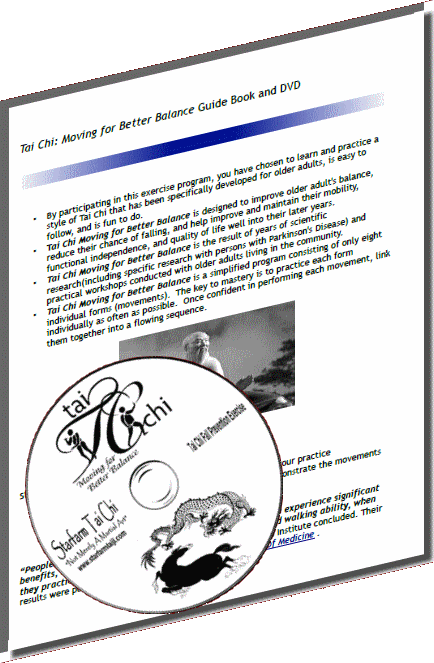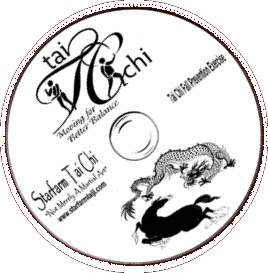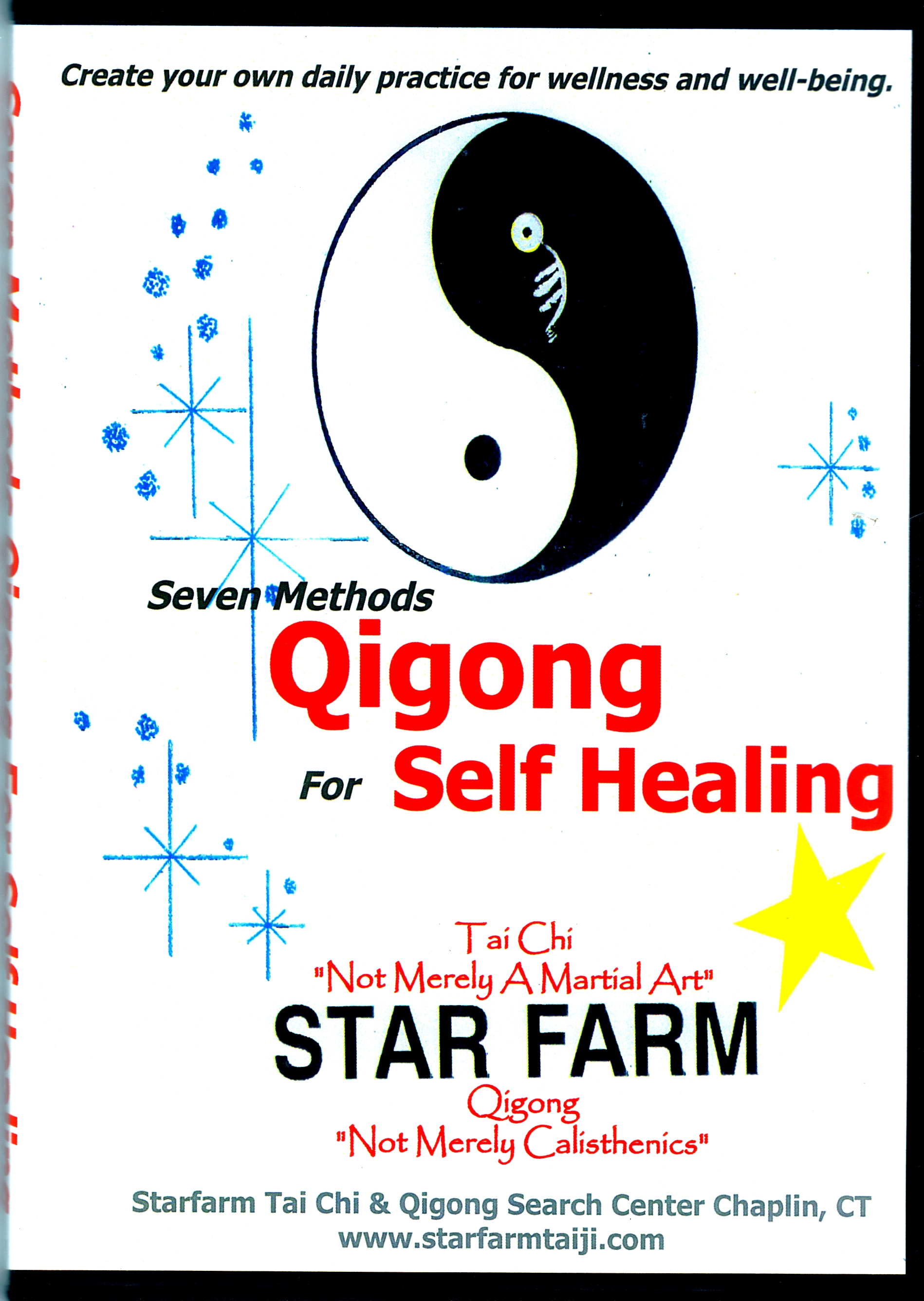ai Chi Moving for Better Balance Home Study Materials
 NEW: Instructor guidebook with Parkinson’s protocol & DVD The Tai Chi Moving for Better Balance Home Study Materials consist of an Instructor’s Guide and DVD, The Student Guide and DVD, and DVD-only products. They provide the detailed information you need to plan a program (including a protocol for Parkinson’s) and practice weekly classes:
NEW: Instructor guidebook with Parkinson’s protocol & DVD The Tai Chi Moving for Better Balance Home Study Materials consist of an Instructor’s Guide and DVD, The Student Guide and DVD, and DVD-only products. They provide the detailed information you need to plan a program (including a protocol for Parkinson’s) and practice weekly classes:
- Plan a weeks class and practice schedule, including a weekly planner (workbook)
- Detailed Movement Practice: extensive photo and written instructions, with supporting video
Reduce the Risk of Falling by as much as 55%
This Tai Chi Program‘s focus is on preventing falls through regular practice. Consequently, regular Tai Chi practice, will improve one’s balance and reduce the likelihood of falling.
The Tai Chi Moving for Better Balance Instructor Guide and DVD is the result of years of research.This Guide leads instructors through planning and implementation of Tai Chi Moving for Better Balance classes. It includes the entire Student Guide for planning your learning program for the movements.
A Simplified Program for Easy Learning
There are 8 single forms (exercises) in the program. All 8 are from the traditional, well-known, 24-Form Yang Style Tai Chi. Above all, the forms are tailored to community dwelling adults who wish to improve balance and mobility, and consequently, reduce the risk of falling.
The eight single forms progress from easy to more difficult. Each of these forms can practiced repeatedly as a single movement or in combination as part of a routine.
All forms adhere to the fundamental principles of traditional Tai Chi that involve weight-bearing and non-weight-bearing stances, correct postural body alignment, and coordinated movements performed in a slow,continuous, circular, and flowing manner.
Each single movement is paired with the natural inhale and exhale breathing cycle.
Get your ” Tai Chi Moving for Better Balance” Therapeutic Tai Chi Fall Prevention Program planning started now using the The Tai Chi Moving for Better Balance Home Study materials. Order Today!

